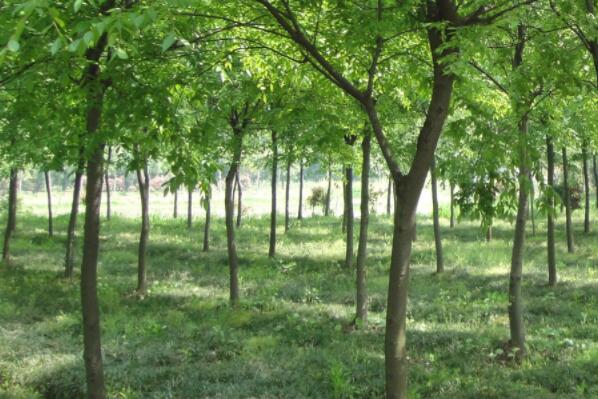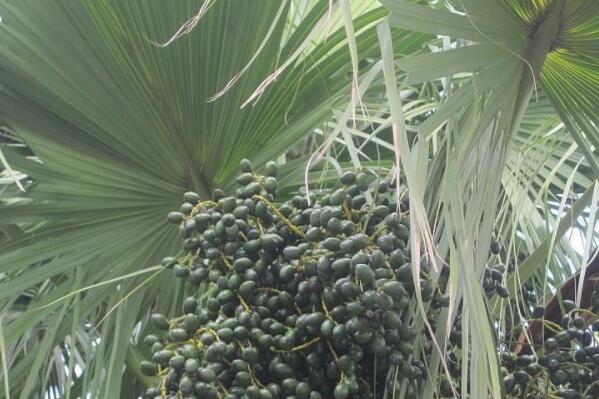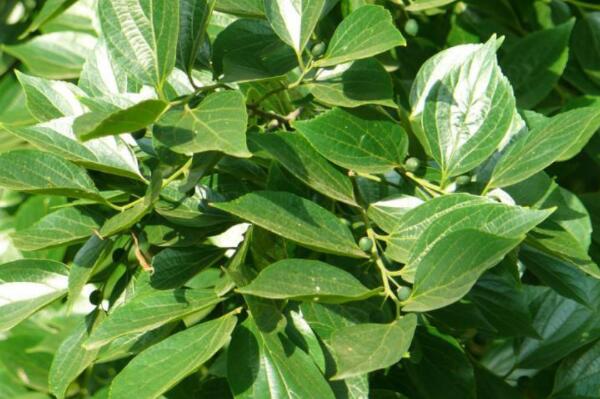What's the difference between deciduous trees, beech trees and elms? How much is a sapling? How do you plant it? How to trim and maintain bonsai?
Beech, also known as big-leaf beech, red beech, beech, white beech, blood beech, golden nut, sand nut tree, vein beech, is a deciduous tree species of the beech genus of Ulmaceae, which is a national second-class key protected plant. What's the difference between a beech and an elm? How much is a sapling? How do you plant it? How to trim and maintain bonsai? Learned from Jiangxi Garden and Seedling Base, 5 cm price-30 yuan, 8 cm price-130 yuan, 10 cm price-250 yuan, 15 cm price-1500 yuan, 20 cm beech price-2000 yuan, 25 cm-3000 yuan, 30 cm-4500 yuan, 35 cm-5500 yuan, 40 cm-8000 yuan.

What's the difference between beech and elm?
Beech bark gray or reddish brown; young branches whitish pilose. The bark of elm is gray or dark gray, the bark of young tree is smooth, the bark of old tree is rough, and the bark is split longitudinally. But the skin of the beech tree is thick and the skin of the elm is very thin.
How do you plant beech trees?
1. Choose soil. If you raise beech trees, you must choose such places as plains or beaches, because the soil layers in these places are relatively deep, loose and fertile, and more importantly, good drainage, which is very suitable for the growth of beech trees.
2. Planting. When planting, the line spacing needs to be determined according to the planting density, and the time is chosen in the first ten days of mid-March every year. When planting, you must put the beech seedlings in the middle of the dug hole, cover 1/3 of the soil, lift the beech seedlings up, let the roots be placed freely, and then continue to cover the soil. After planting, you need to water thoroughly, and then you have to step on the soil on the side.
3. Watering. After planting, it must be watered three times in a row, and then the need for watering can be decided according to the weather and the dryness of the soil. In general, when the weather is particularly dry, in addition to watering, it is also necessary to spray water on the crown of the tree in order to lower the temperature while keeping the air moist.
4. The trunk locks water. In order to prevent the water from evaporating and the beech tree from being damaged by the hot sun in summer, you can wrap the grass rope from its root to the trunk and the main branch. after that, remember to spray and moisturize until the beech seedlings really survive. You can get rid of the grass rope.
5. Stand up. In order to prevent the newly cultivated beech plant from shaking and being blown down by the wind, a bracket is needed to stabilize it and prevent the loosening of its roots from affecting its survival.
6. Pruning sprouts. After May, there will be a lot of buds on the trunk, which will consume a lot of nutrients. At this time, the excess buds must be removed to improve its survival rate.
How to trim and maintain the beech bonsai?
Trim:
1. Beech is a kind of southern tree, and its pruning should be carried out in spring growing season and winter dormancy period, especially in winter dormancy period. Its pruning increases with the age of the tree, so does the number of pruning. The pruning process depends on different trunks and branches.
2. The ornamental characteristic of the bonsai is that it is short, so the coring process of the beech tree is particularly important. When the beech tree grows a dry base and a lot of adventitious buds grow on the stem, it is picked at any time to avoid sprouting forked branches. This process is called coring.
3. Pot its appreciation period when it has just sprouted new buds, the beech tree is no exception. Its leaf picking process usually picks some extra leaves in spring, or in April and May, when the leaves grow more, they also need to be picked.
4. In spring and summer, beech trees grow a lot of side branches, main branches, cross branches and so on. In this period, we should prune them even more. In this period, there are generally fewer withered branches and slightly diseased branches. In winter, it is best to shape our beech tree. if you trim, try to trim the tree you like, of course, at this time you need to subtract most of the dead and diseased branches.
5. If there are too many roots, it will affect the growth of potted plants and make them sick easily. In the future, our potted plants will grow well and are not easy to get sick. It is necessary to trim the roots of potted plants properly. Changing the basin is also often needed, when the root system is not covered with the bottom of the soil, there is no need to change the basin; when the fibrous root is covered with the bottom of the soil, a larger basin should be used to plant.
Maintenance:
1. Light: the beech is a sunny plant. If you stay in the dark for a long time and do not see the light, it is easy to cause the bonsai to lose its yellow leaves. Beech bonsai can be placed in a sunny, ventilated place. But the sunshine also needs to be adjusted according to the season. The sun is strong in midsummer, so we should avoid the hot sun properly.
2, temperature: when the temperature is about 5 ℃, move the indoor sunny warm place to keep warm to prevent frost damage. The basin soil should be dry in winter. In winter, the room temperature should be no less than 5 ℃.
3. Watering: first spray water from the leaf surface, and then thoroughly water the root to avoid the phenomenon of pouring semi-dry, that is, the basin surface is dry and the basin is dry. It is necessary to properly water the basin in summer and less in winter.
Fertilization: summer and autumn is the growth period, need more nutrients, it is recommended to fertilize once a month. Use rotten cake fat and water. Less fertilizer can be applied in winter. It doesn't matter if you don't apply fertilizer. When fertilizing, pay attention to bury the fertilizer in the soil along the edge of the flowerpot and water it immediately after fertilization. The main composition of fertilizer is nitrogen, phosphorus and potassium.
Time: 2019-04-09 Click:
- Prev

How much is the price of evergreen trees and palms? When will it be transplanted? How do you plant it? Its fruit energy
Palm trees are evergreen trees. The trunk is cylindrical, often with old petioles and their lower leaves. It is native to China, flowering from April to May and ripening from October to November. How much is the young palm tree? When will it be transplanted? How do you plant it? Can the fruit be eaten? According to Mr. Li of Nanjing nursery farm,
- Next

How much is the price of deciduous trees and young trees? When will you plant it? How do you plant it? How to maintain bonsai?
Pushu, also known as Huangguo Pu, Bai Ma Zi, Pu, Pu Yu, Pu Tsai Shu, Sha Pu, is a family of urticaria Ulmaceae, a deciduous tree up to 20 meters high. How much is the price of Pushu saplings? When will you plant it? How do you plant it? How to maintain bonsai? Learned from Jiangsu nursery base
Related
- Fuxing push coffee new agricultural production and marketing class: lack of small-scale processing plants
- Jujube rice field leisure farm deep ploughing Yilan for five years to create a space for organic food and play
- Nongyu Farm-A trial of organic papaya for brave women with advanced technology
- Four points for attention in the prevention and control of diseases and insect pests of edible fungi
- How to add nutrient solution to Edible Fungi
- Is there any good way to control edible fungus mites?
- Open Inoculation Technology of Edible Fungi
- Is there any clever way to use fertilizer for edible fungus in winter?
- What agents are used to kill the pathogens of edible fungi in the mushroom shed?
- Rapid drying of Edible Fungi

